Global Conservationist Niyanta Spelman is keeping the planet green through the Rainforest Partnership.
By Shelly Seale, Photos by Andrew Chan
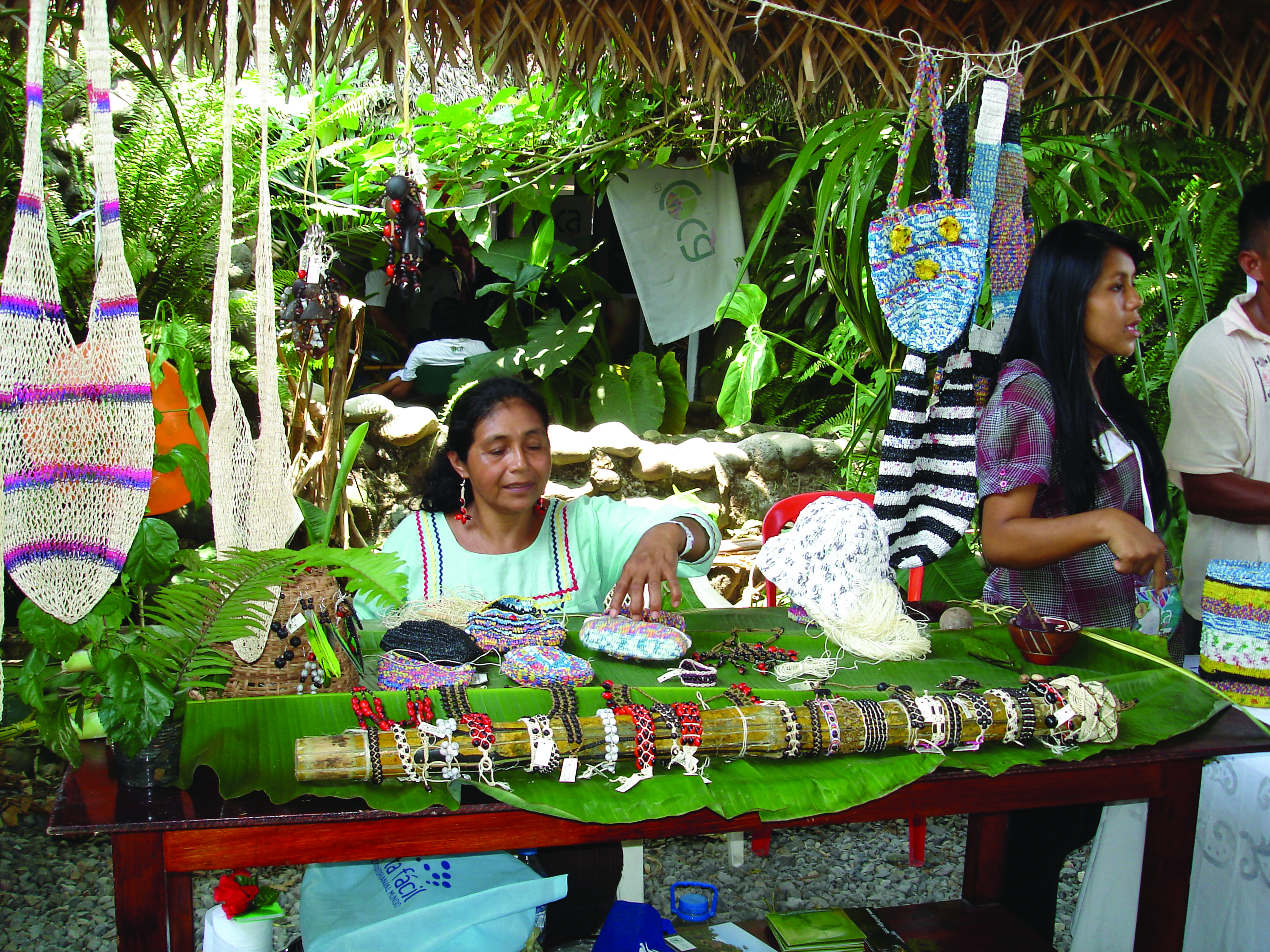 As a child growing up in Tanzania and India, Niyanta Spelman was afraid of the dark. Like many of us, she found the darkness an insecure and scary place, something where any form of monster may hide.
As a child growing up in Tanzania and India, Niyanta Spelman was afraid of the dark. Like many of us, she found the darkness an insecure and scary place, something where any form of monster may hide.
But one night in the rainforest of Ecuador changed everything.
Spelman was in the country to meet with members of a local community where her nonprofit, Rainforest Partnership, works and she wanted to sleep on a treetop canopy platform for the first time. A boatman was to take her to the place where she would sleep, but first they had to stop off to collect a tent and bedding. Halfway there, the boatman stepped on shore to gather the gear, leaving her completely alone in the canoe. In the pitch dark of night.
“There were no lights. I don’t see anybody. I don’t hear anything,” Spelman recalls. “I’m sitting there, and then I begin hearing the symphony of the forest: the frogs and the birds and insects. I thought, ‘Anything can jump into this canoe.’ But I felt so incredibly calm. No fear whatsoever. It was an amazing moment. I could see the stars reflecting on this perfectly still water, and the fireflies reflecting too. I couldn’t tell where the water ended and the weeds started. I felt a connection to this Earth in a way that I just cannot explain, but it all felt so right.”
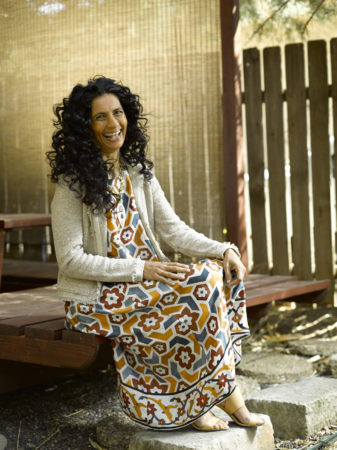 Spelman clearly has a special connection with nature, one that is in large part responsible for the birth of her nonprofit venture, Rainforest Partnership.
Spelman clearly has a special connection with nature, one that is in large part responsible for the birth of her nonprofit venture, Rainforest Partnership.
“It’s something I’ve wanted to do since my teen years,” she says. “I grew up being connected to nature. My parents always took me on walks, and I always came back with rocks or grass or sticks I had collected. And I still do!”
In fact, her office is full of such mementos.
Born in Tanzania, Spelman attended English boarding school in India. After living in London for five years, she transplanted to Texas and has been here for 25 years. With an undergrad degree in biology from the University of Texas Dallas, she obtained a master’s degree in public affairs from the LBJ School in 1994. At the time, Spelman wanted to go on to get her Ph.D.
“I thought, ‘OK, I’ll go protect the rainforests when I retire.’ “
But life does what it does, as Spelman says. After working for a lobbying firm and health insurance company and as a legislative aide at the Capitol, Spelman opened her own public-sector consulting firm. Still, she regularly felt these strong urges that she wasn’t doing what she was supposed to be doing.
“I was involved in some great projects, and a lot of the things I did affected a great many people. But it wasn’t doing what I really wanted to do, and I could feel it. I realized there wasn’t time to wait. Normal, daily life can sometimes take over, but at some point you have to say it can’t.”
Spelman knew that she had to do what had been inside her for her whole life, even though her consulting firm was very successful. In January 2007, she began the transition to form her new venture, making a business plan and reaching out to potential board members.
“I actually thought it would take a couple of years,” she says.
She took part in Leadership Texas, which she had been invited to apply to several previous years, but the timing was never right.
“Transition years are a great time for doing something like that,” she says.
Spelman started talking to people about her idea. When she met new people she would say, “Don’t ask me about what I’m doing now. Ask me about what I’m {going} to do, which is preserving tropical rainforests.”
Suddenly, it was as if by putting it in to words, the vision manifested itself, was made concrete.
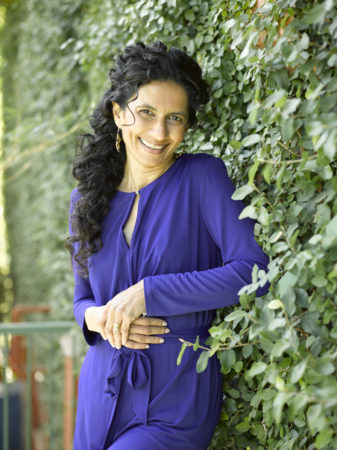 “What I thought would take two years, once I started talking to people about, suddenly began to move a lot faster. I didn’t know what form it was going to take, whether it would be a nonprofit or affiliated with a university,” she says.
“What I thought would take two years, once I started talking to people about, suddenly began to move a lot faster. I didn’t know what form it was going to take, whether it would be a nonprofit or affiliated with a university,” she says.
Spelman also didn’t know whether she should tackle rainforest conservation from the industry side (the companies that were razing them) or from the consumer side of the problem.
“It’s what we do; it’s our consumption patterns that affect what ends up happening to these forests. You see a lot of deforestation and destruction, and it is painful,” she notes.
Spelman began turning down more and more consulting work, even though she was offered some fun projects in cool places—and good money. But she knew now, beyond a shadow of a doubt, what she needed to be doing with her life. In two months, not two years, Rainforest Partnership came in to being.
“I had this whole idea, and it just combined in terms of what it needed to be, which was an international nonprofit,” she says.
Rainforest Partnership partners with people who live in and near tropical rainforests to develop environmentally sustainable economies to protect and regenerate their forests.
Of the hundreds of people Spelman talked to that year she started the organization, three really stood out. One was founding Board Chair Hazel Barbour, who is still on the board today. The two other founding board members were Jordan Erdos and Bob Warneke.
“When they came on, it was no longer just my idea and my business plan. It became a collective vision,” Spelman says, adding that today, Rainforest Partnership has more than 300 volunteers. “People show up just when we need them. I think, we need such and such a person, and someone just appears. Once every new person comes along and touches it, it evolves even more.”
Although climate change and environmental conservation are hot topics these days, Spelman says a lot of people still think we took care of the rainforests back in the 1980s, when the cause first attained global attention.
“We didn’t ‘take care of it’ back then,” she is quick to correct.
Every second, a slice of rainforest the size of a football field is mowed down, according to The Nature Conservancy. At that rate, we’ll lose as much as 10 percent of our tropical rainforest species each decade. The rainforests are critical to our supply of fresh drinking water; one-fifth of the world’s fresh water is found in the Amazon Basin. They also act as the world’s thermostat, regulating temperatures and weather patterns.
In the 15 or 20 minutes you might spend reading this magazine, a piece of the rainforest the size of downtown Austin has just been lost, most of it forever.
Besides recognizing what they do for the planet and wanting to protect them, Spelman clearly has a special, very personal affinity for the rainforests.
“Besides being gorgeous and magical and beautiful, they just {feel} different. Everything is just calm. There’s such a relaxed atmosphere surrounding you there. There’s something that’s just so connected and beautiful when you’re in the forest,” she says.
Rainforest Partnership focuses exclusively on the tropical rainforests, found near the equator, as opposed to the temperate forests found in places like the Pacific Northwest. While Spelman says those forests are indeed magnificent and should be protected as well, they may have a few dozen species living in them, compared with thousands upon thousands in the tropical rainforests. And those are just the ones we know about. Even though the rainforests cover less than 2 percent of the Earth’s total surface area, they are home to fully half of the planet’s animals and plant life.
“A hundred years ago, 14 percent of the Earth’s land mass was tropical rainforest, and we’re at less than 6 now,” Spelman says. “It’s our actions, as human beings, that are destroying them. People think of the forests as the lungs of the planet, and they are. They circulate a lot of our oxygen. They also regulate our water cycle and affect rainfall. A lot of these forests, when they go away, they don’t come back.”
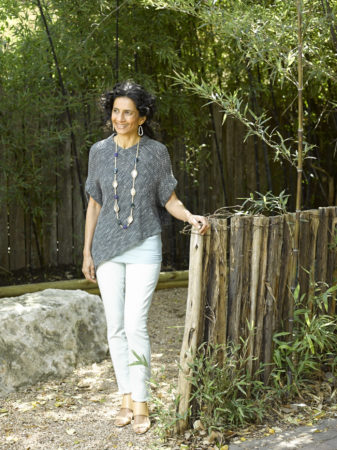 Rainforest Partnership decided to focus first on South America, specifically Ecuador and Peru. Part of this decision was the immensity of the rainforest there, and also its relative closeness to Austin.
Rainforest Partnership decided to focus first on South America, specifically Ecuador and Peru. Part of this decision was the immensity of the rainforest there, and also its relative closeness to Austin.
“The Amazon affects our weather greatly here in Texas,” Spelman says. “What happens in the Amazon has an effect on our rainfall patterns. It’s in our economic and health interests to protect them. We’re so connected to everything. We aren’t just saving biodiversity for the sake of saving it.”
The goal is to be around the globe by 2020, forming partnerships to protect the rainforests throughout the world. Rainforest Partnership does this by working with local communities.
“We knew that we had to work with the people who live in and around the forest. If those people had a stake in protecting where they live and their way of life, and they had an alternative, a choice, they were going to be the best stewards of the rainforest. It can’t be imposed. If you impose it, it isn’t going to work. It has to be because they want an alternative, because they have control over it,” she says.
It has to be sustainable as well, and replacing income is a big key to that. Of the 1.2 billion people living in extreme poverty worldwide, 90 percent of them depend on forest for their livelihood. It’s hard to be judgmental of someone who is trying to feed their family, when a company comes along and offers them money to deforest.
“How can we work with them so they can have an income source that gives them long-term stability? It has to have a long-term sustainability of that income, and long-term sustainability of protecting the forest. It’s protecting the land and a way of life, and those two things go hand in hand. It has to have those dual goals,” Spelman says.
The organization looks at the culture of the indigenous community and income possibilities to form a partnership that meets these goals.
“They want somebody who respects their culture and way of life, their community-focused model and how they think,” Spelman says. “They understand the forest better than anybody else. We have to go in with humility and as equal partners.”
And things aren’t necessarily going to happen by our standards or our timeframe. Spelman gives an example of a remote Kichwa community in Sani Isla, Ecuador that Rainforest Partnership partnered with. The goal was to create a self-sustaining business for the women, one in which they would make artisan handicrafts that would provide an income for their families. When Spelman and Barbour first went there and hashed out the partnership, Spelman thought things would start moving. They were dismayed when they returned some months later and found nothing had happened. Nothing had been done toward starting the craft-making business. After some inquiries, Spelman discovered that the women needed a community place in which to gather, not only to create their artisan crafts, but to talk and to plan. They had no place truly their own to undertake this venture. Then Spelman realized that the negotiations had all happened with the men. The women had hardly talked at all, and in fact would not even look Spelman and Barbour in the eyes.
“They needed a place of their own. It was very important. It just shows the culture divide. I had thought that we shouldn’t be spending too much money until they showed that they were starting to work on this project. But they needed that place first,” Spelman says.
So Rainforest Partnership agreed to provide the community center for the women, and conducted a workshop for the women.
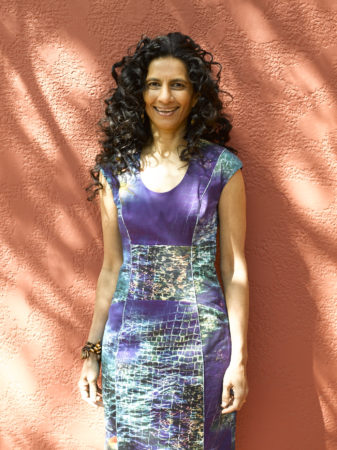 “Finally, they started talking to us,” Spelman recalls. “And then they wouldn’t stop. And I realized, nobody before had asked them what {they} thought. Ever. They almost seemed shocked in the workshop that we were asking what they wanted, what their vision was for themselves and their families.”
“Finally, they started talking to us,” Spelman recalls. “And then they wouldn’t stop. And I realized, nobody before had asked them what {they} thought. Ever. They almost seemed shocked in the workshop that we were asking what they wanted, what their vision was for themselves and their families.”
This type of trust and partnership, not to mention income production, is vital for these types of indigenous communities to fight against deforestation. This was made completely evident a couple of years later in Sani Isla when one of the biggest oil companies in South America came to the community and offered money to begin extracting oil from the forest. The community came together and voted no again. They sent the oil company packing.
“The women were the stronger voice in this. And these were {my} women,” Spelman says with obvious pride, “the same women who, two years before, wouldn’t even look me in the eye. These are powerful forces that are offering a lot of money. But the women want their health and the health of the forest. We are empowering them to make the choices they want to make. Even if they were to say yes to oil, it would be on {their} terms with all the safeguards in place.”
Spelman has big goals for Rainforest Partnership; she wants to make sure more such communities living in tropical rainforests throughout the world have this power.
“The choices they have to make are affected by the choices all the rest of us are making,” she says. “Few of us can individually get big, big results. But a lot of us can get big results if we all do small things, if we think about the things we consume, where they come from.”
To that end, the organization has a goal for the next year: to invite groups—companies, churches, neighborhoods, families—to become rainforest partners themselves.
“We don’t have to get everybody, just a percentage of the people who care,” Spelman says. “Conservation is not a political or religious issue; it’s a human issue. Austin is an amazing place to do this work. We as a city are becoming more globally focused.”
When asked about the most rewarding aspect of her work, Spelman gets emotional, almost a bit teary for the first time.
“It’s when you realize that something that was started here in Austin with just a few people, and now it’s hundreds of people, and it’s changing the lives of hundreds of people on the other side,” she says. “It’s giving them the ability to make a choice and to change their lives, but on their own terms. Those women in Sani Isla, they made international news. I don’t think we’ll ever fully get the ripple effect that this has.”
Spelman extends invitation to anybody who shares her vision of protecting our rainforests.
“They belong to all of us,” she says, “and it’s a collective responsibility. It doesn’t matter where we live or who we are; we all depend on them, whether we realize it or not.”

